How Dedicated Locals Restored the Unique Holgate Windmill in York that now Produces Wholemeal Flour
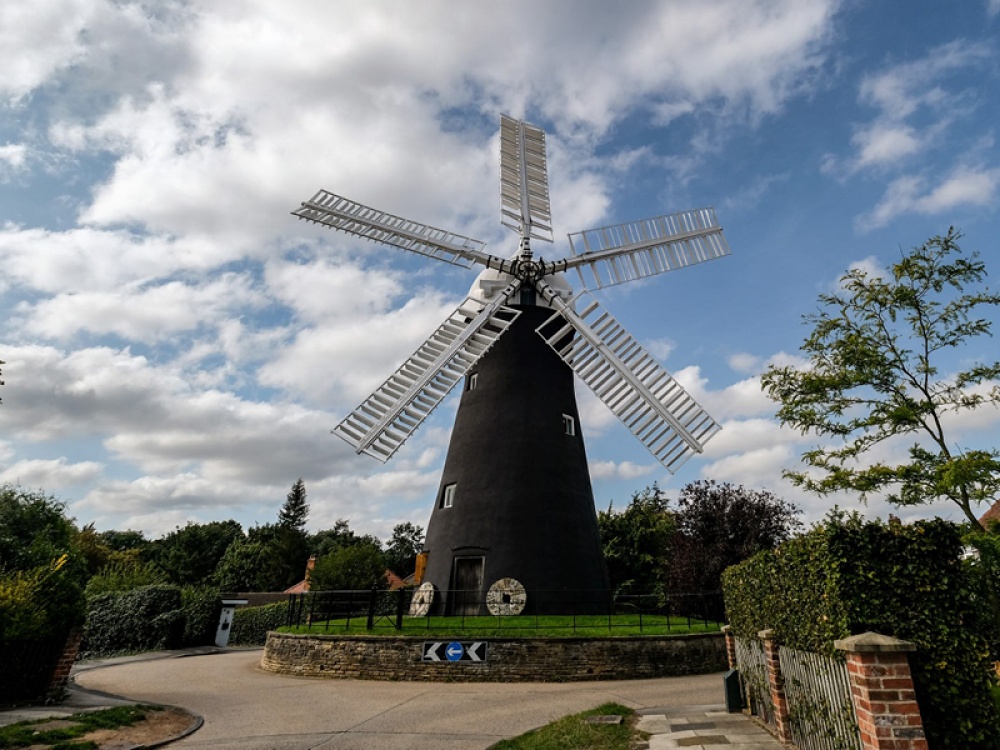
Holgate Windmill is York's last surviving windmill and the oldest five-sailed windmill in the country
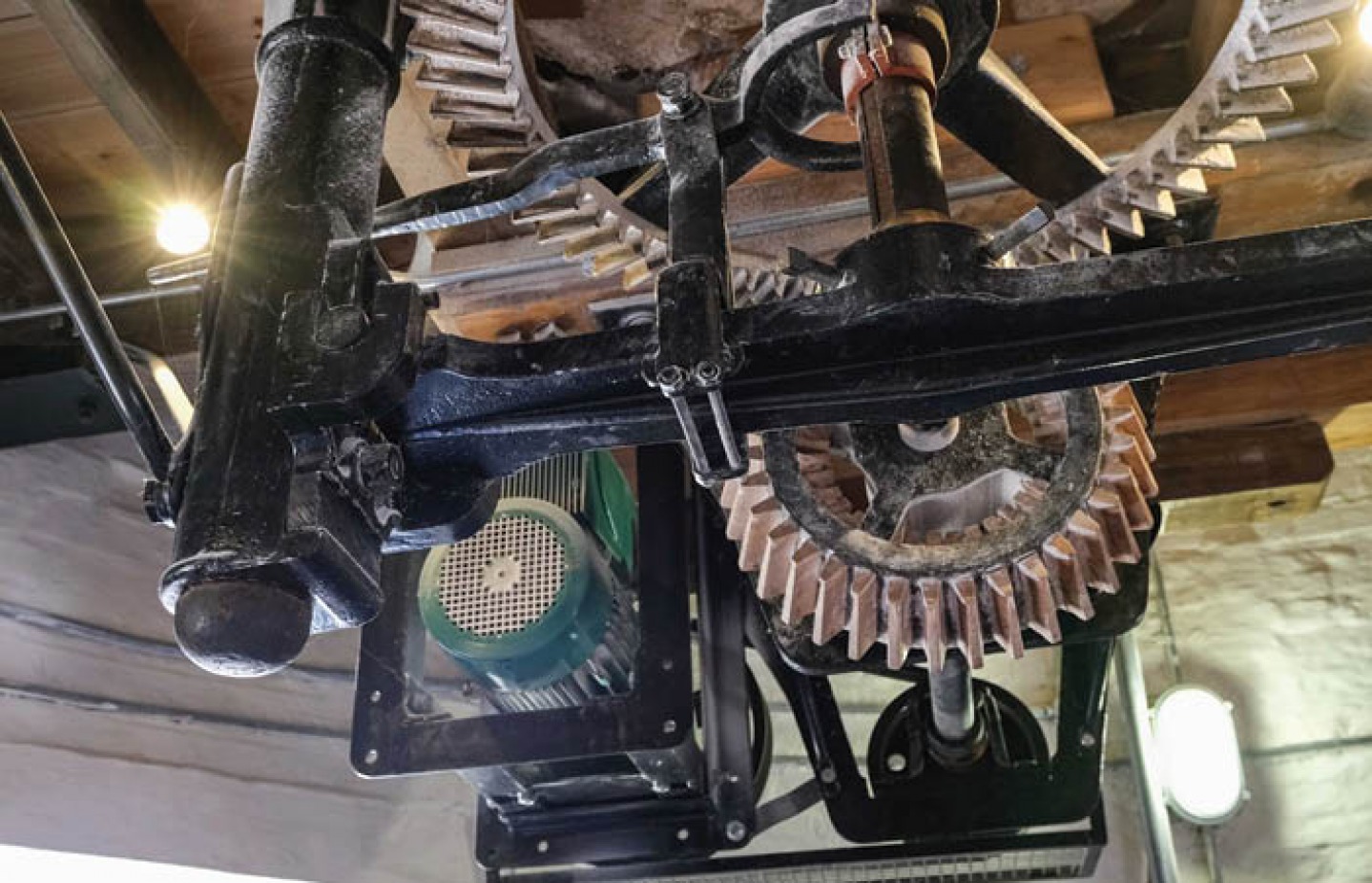
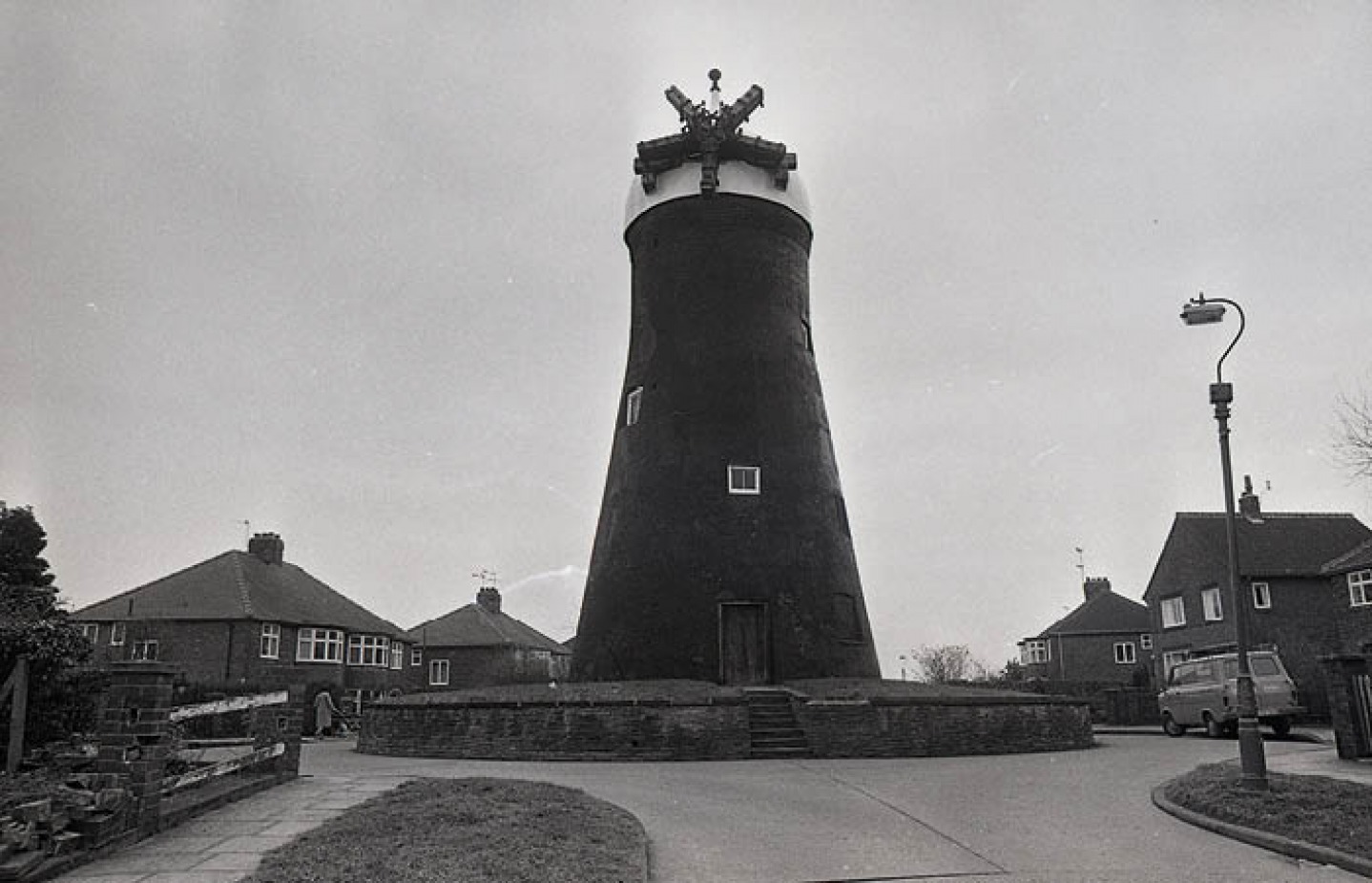
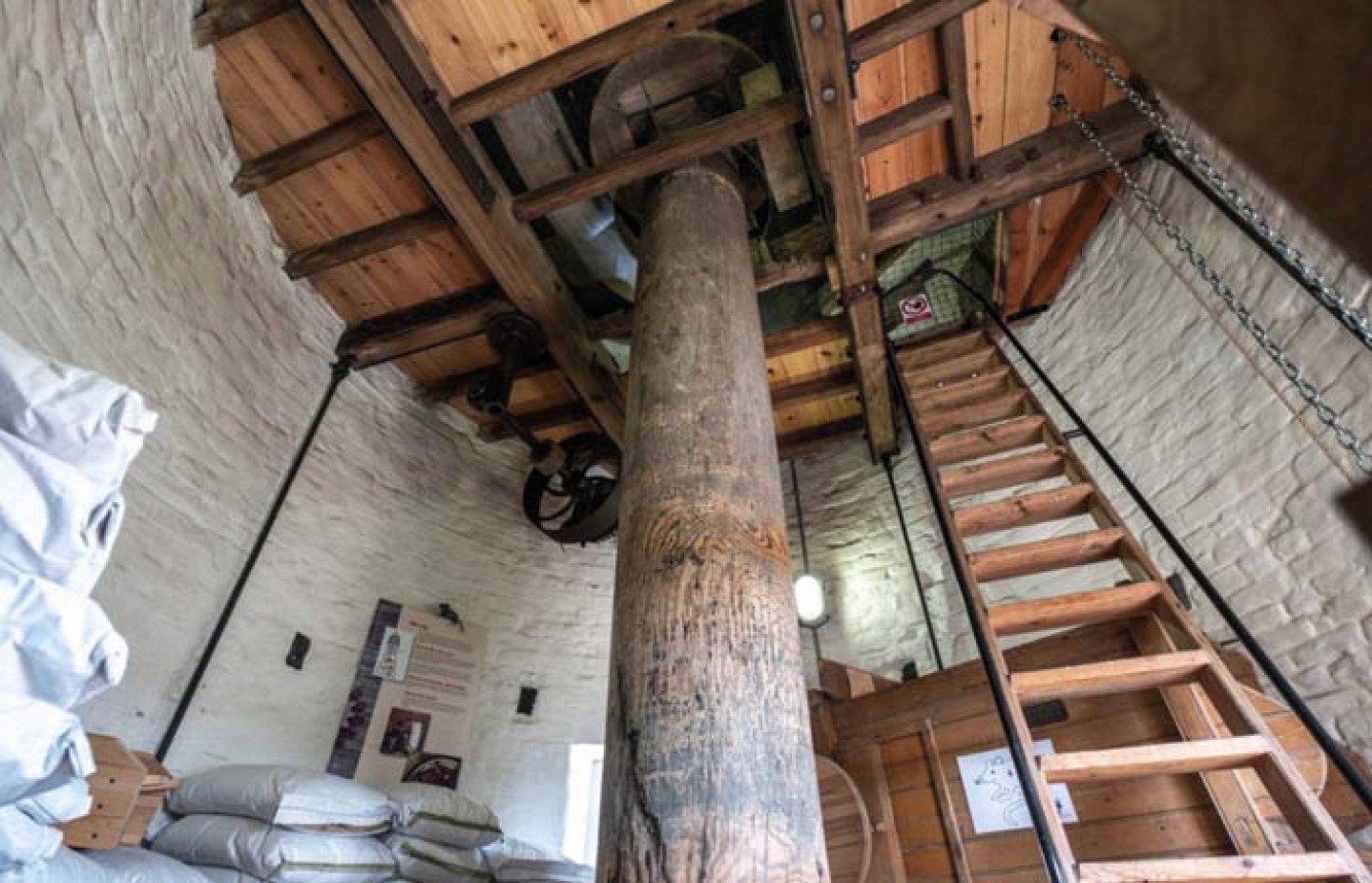
As you drive up Windmill Rise, you could imagine it’s just like any other residential street on the outskirts of York. That is until you look up and see a 45-foot high Georgian windmill perched on top of a roundabout. Having been left derelict for almost 70 years, in 2001 the Holgate Windmill Preservation Society formed with the aim of restoring this iconic feature and as a result of the community group’s hard work, the windmill is now a landmark in the city and has won national awards. We caught up with Richie Green, chair and founding member of the society, to find out how a passionate community group got these 35-foot long sails turning once more.
‘Built in 1770, Holgate Windmill’s first miller was George Waud. He originally had a mill at Cambleforth which he mortgaged to pay for Holgate,’ explains Richie. ‘Holgate is a Lincolnshire-style tower mill and it’s a very good quality build. It originally started out as four sails, but now it’s a five sail windmill, although we’re not quite sure when that changed. It was built where no other windmill had been, but positioned very cleverly. With open countryside around the windmill at the time, it was in between the junction of two roads coming in to York. These roads provided a direct route for the grain from local farms to the mill, while much of the high quality flour that George produced would have been taken straight into York. One road was tolled while the other was about to be tolled, so he put his windmill smack bang in the middle.’
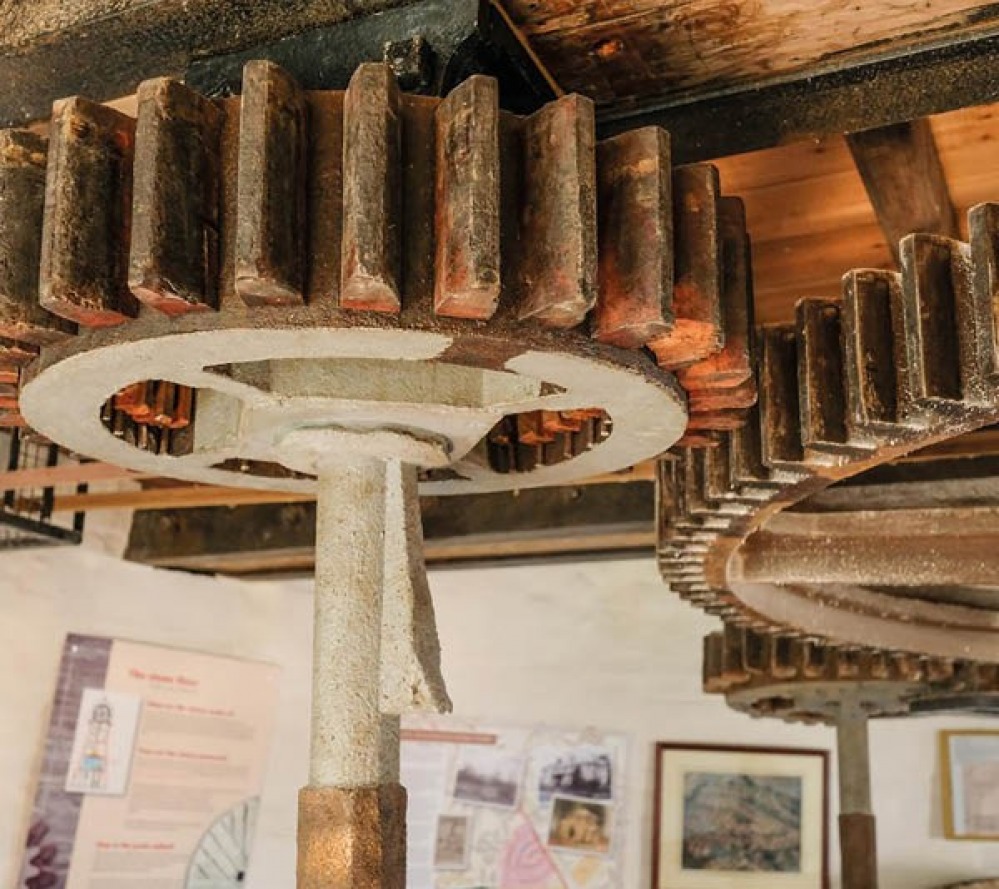
Holgate Windmill stopped working by wind power in 1930 due to the sails being damaged, before going on for another three years using electricity. Production then stopped entirely around 1933 and the owners at the time, the Gutch family, gifted the mill to the council. ‘It was supposed to be looked after but they literally just shut the doors and left it alone,’ says Richie.
Left derelict, it wasn’t until 2001 that Richie and other locals with an interest in the windmill came together to bring it back to life. ‘I live about 50 yards from the windmill and I got a bit bored one day so I contacted the council and said I’d like to go in this tower that’s in the middle of a roundabout,’ he tells us. ‘In my free time I’m a model maker and I thought I’d make a model of Holgate Windmill. I had no idea really what a windmill was, I’d never been in one or seen one but I went inside and thought it was great. The models I make are almost fully working, so I then went to other windmills to find out more.
‘Two or three years later a notice was put at the front of the windmill asking people if they were interested in getting involved in rescuing the building, and from that the society came together. Of course having built the model I had more information about windmills than anybody else at that time so that’s why I joined, but it’s nice because most of us that were involved in starting the society are still working on the windmill today.’
The society’s main goal was to give Holgate Windmill back its original function. ‘We weren’t quite sure what was going to happen, or whether we were actually going to get it to work, but the society very quickly came up with the aim of producing flour using wind power,’ explains Richie. ‘It was a little trickier than we expected, but we got there in the end.’
Read More: Discovering 'the Stone Henge of the North' in Yorkshire
The main drives from the mill, ironwork, vertical shaft and most of the gearing were still inside the mill and in reasonable condition, so the majority of the restoration was about the building itself, including the structure of the walls and the restoration of the outer covering. ‘All of the doors and windows were rotten and falling apart,’ Richie explains. ‘The inside was damp. There were the main beams but no flooring at all. The cap was rotten and the main support for the cap, called the shears, were all rotten as well. So it was an awful lot of work. We were fortunate in having the help of Tom Davis the millwright (as his swansong actually, as he retired after doing our mill) and his assistant Steve Bolton, who’s a millwright in his own right. We were very lucky to get them and they’ve done a fine job.’
The restoration of Holgate Windmill was funded with grants from organisations such as the Heritage Lottery Fund and the City of York Council. The first funding came in 2007 and the mill was working once again by 2012. ‘We got small grants of about £50,000 a time and we built up. It was good that we got the restoration done in smallish stages because some of the mills in the country have had £1 million pounds spent on them, but that doesn’t work as well as taking years over it. It cost us about £530,000 to restore altogether, and believe me that’s cheap for these days, but we did an awful lot of the work ourselves.’
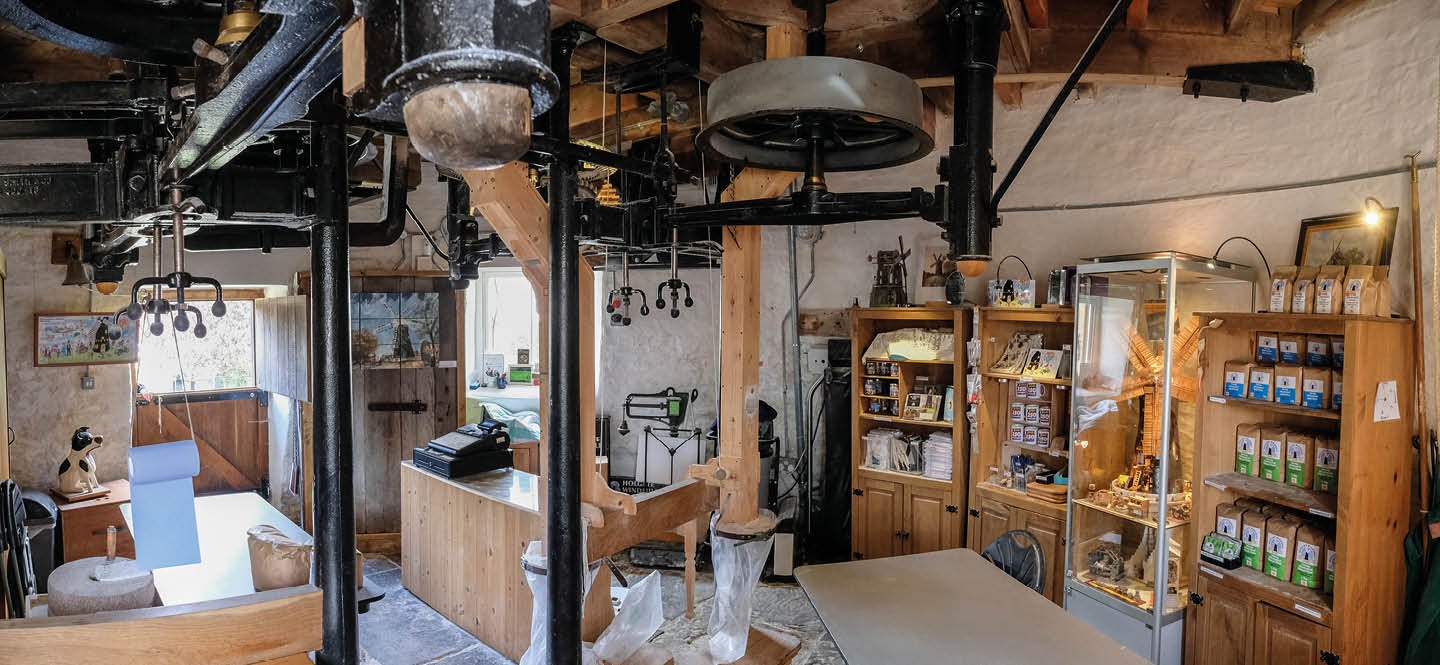
Read More: Inside Ad Gefrin's New Museum and Whisky Distillery in Northumberland
Nowadays, four days a week the windmill’s sails can be seen spinning on the skyline, while inside volunteers pack bags of flour. This flour is produced by three working sets of millstones, one of which was the most recent restoration within the windmill carried out earlier this year. ‘We’ve now gone back to wind power just as it was when it was first built! We do have electricity as well because our sails are huge, around three metres wide by 10 metres long, so they’re very, very heavy. We need a really good 15mph wind, if not stronger, to mill by wind and we just don’t get that kind of wind so much these days,’ Richie explains.
‘What we’ve got is three French burr stones which are fresh-water quartz, very hard and very good for making flour. One of those we’ve got separated for the public to see how it works and we then have two others, one which is run by electricity and one that is run by wind. We’ve then got a peak stone from the Peak District which was just restored and produces slightly different flour. With the French burr stones you have furrows and lands on the surface design and it’s that which mills the grain. With those, you crack the husk open and the wheat germ and husk come out separately or in greater size. Whereas with the peak stones, the particle size is all the same so it does make the flour slightly different. It is still wholemeal but it reacts slightly differently. We had some trouble getting the peak stone going because the millwrights didn’t think we would be able to do it, but we did it in the end so it’s really great.’
‘People used to eat a lot more bread so there was a big need
for windmills in the past as they would feed hundreds of
families. Windmills were also derived from water mills, which
were the basis for our Victorian engineering and so a lot of our
industry comes from the basic design of a windmill'
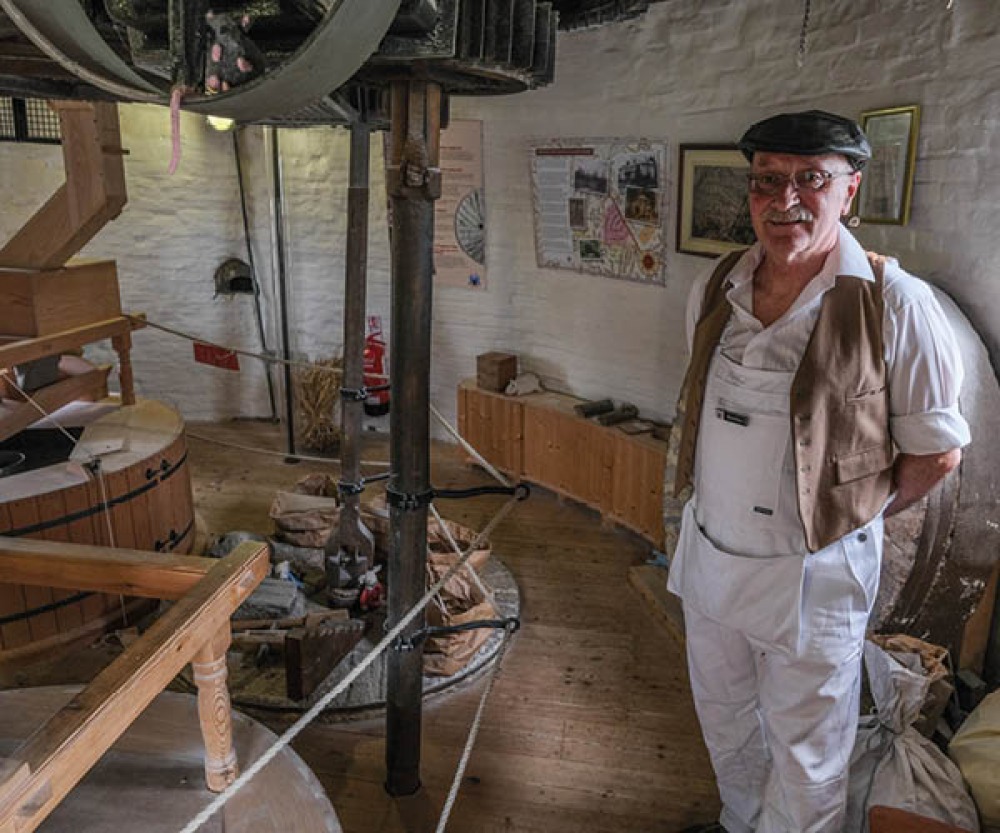
Alongside producing their own wholemeal flour, the windmill is also host to a number of events, talks and exhibitions. ‘As well as making flour, we have events all the way through the season from the 1st April this year until the end of October. We have art shows, open days and children’s events. We also do windmill talks, as well as having our shop. Holgate Windmill’s an educational facility as well as a machine, and a historic one at that.’
Holgate Windmill is the last of its kind in York, a city where there used to be more than 20 operating at one time. For Richie that is one of the reasons why it was so important to start the preservation society and carry out this restoration. ‘There are so few windmills left in this country and yet at one time they were everywhere,’ he says. ‘People used to eat a lot more bread so there was a big need for windmills in the past as they would feed hundreds of families. Windmills were also derived from water mills, which were the basis for our Victorian engineering and so a lot of our industry comes from the basic design of a windmill. There were only two concept machines in the past, one was clocks and the other was mills. It’s an iconic machine that many people don’t know about, so to have a windmill like we do is quite extraordinary. People should come, see and understand how clever people were in the past.’
If you’d like to volunteer at Holgate Windmill, they are always looking for people to get involved. ‘We need more volunteers because we open a lot more than we used to,’ says Richie. ‘We’re open Wednesday, Friday and Saturday 10–12pm and then Sunday 1–4pm every week so we really need as much help as we can get. The future as far as I can see is good. The mill is in excellent condition so hopefully everything will be rosy for the future.’







